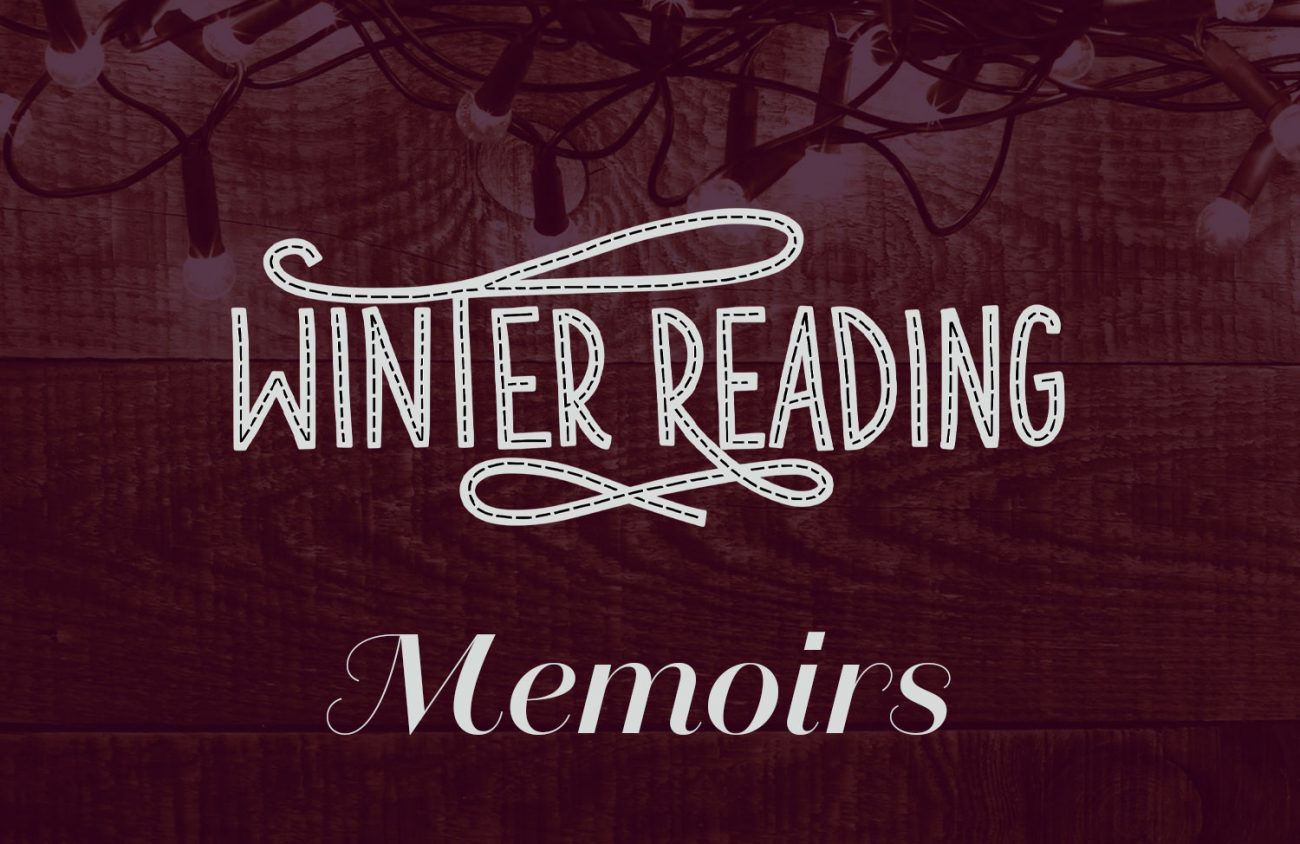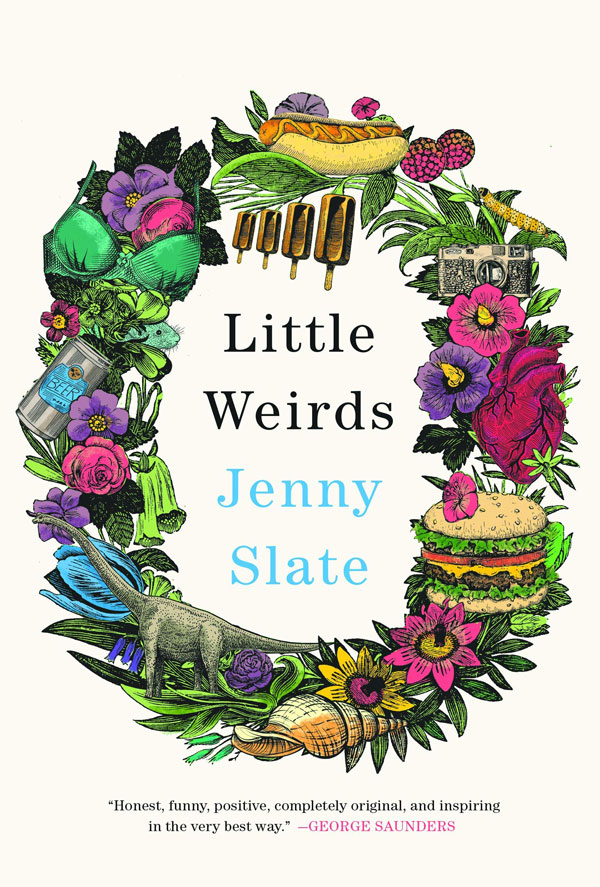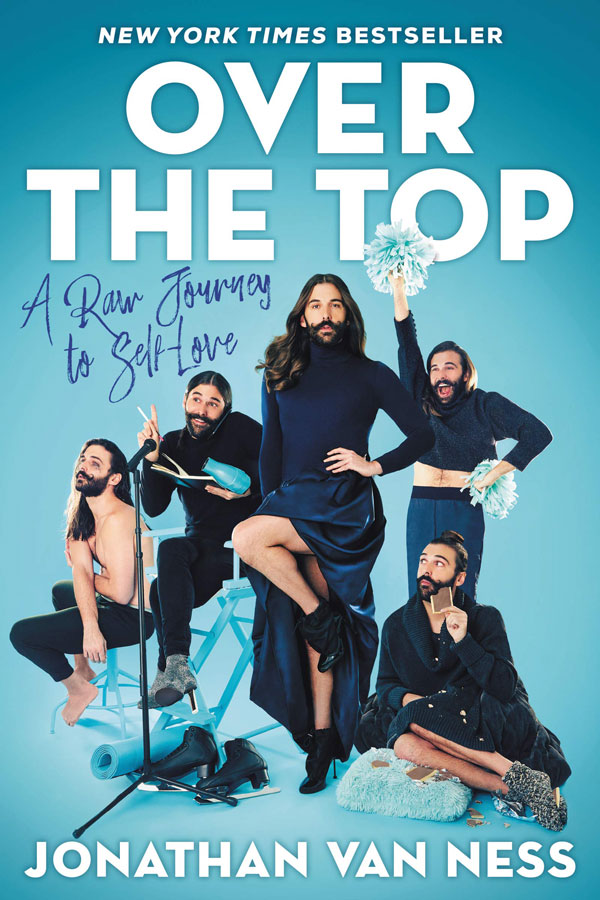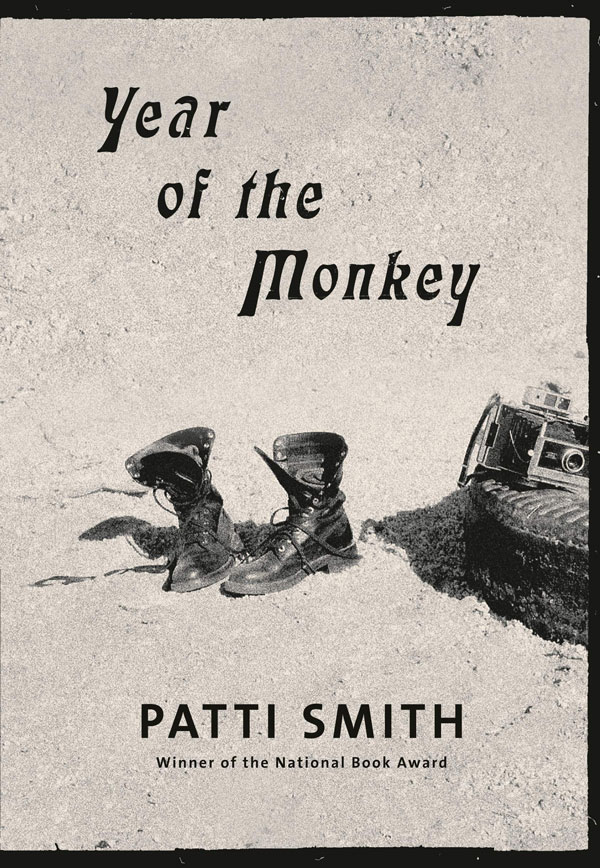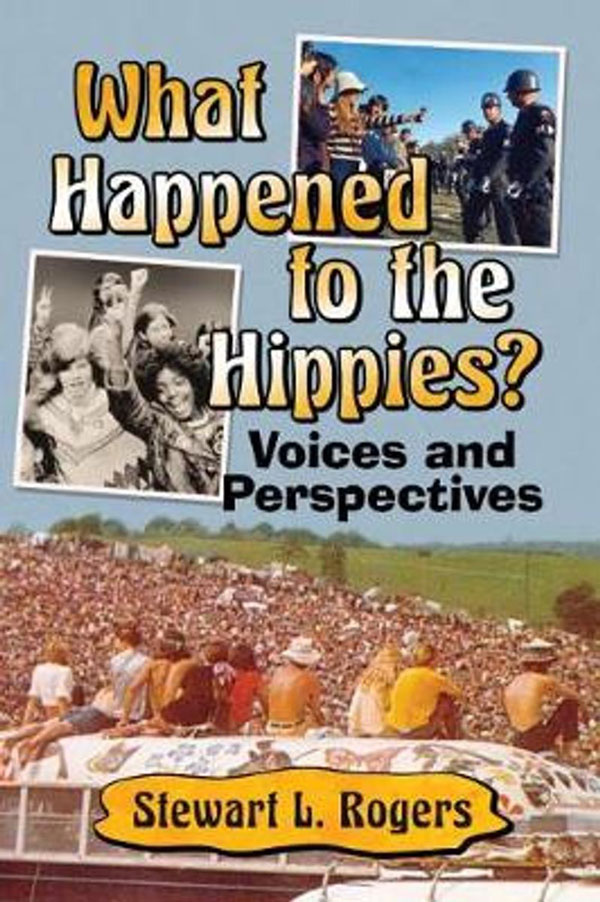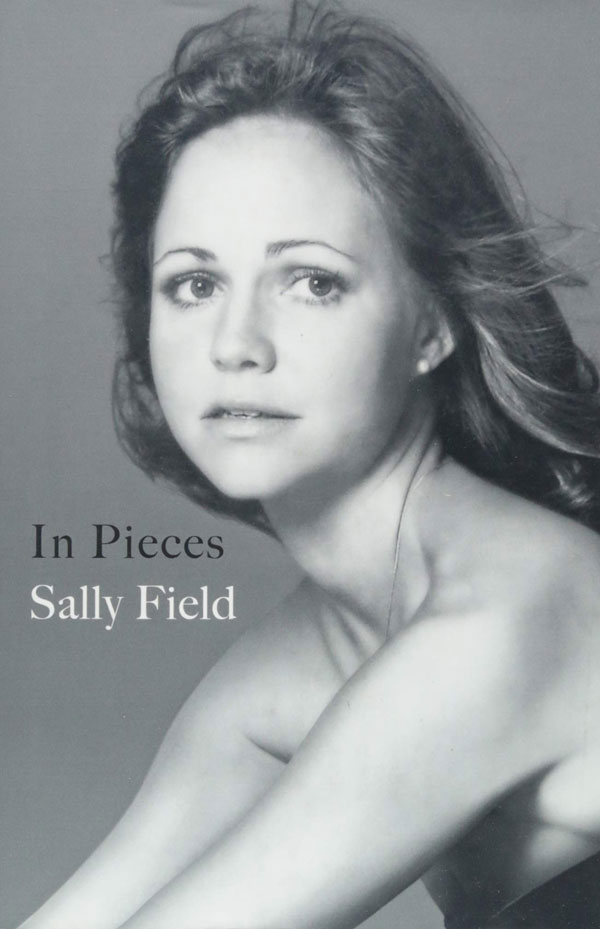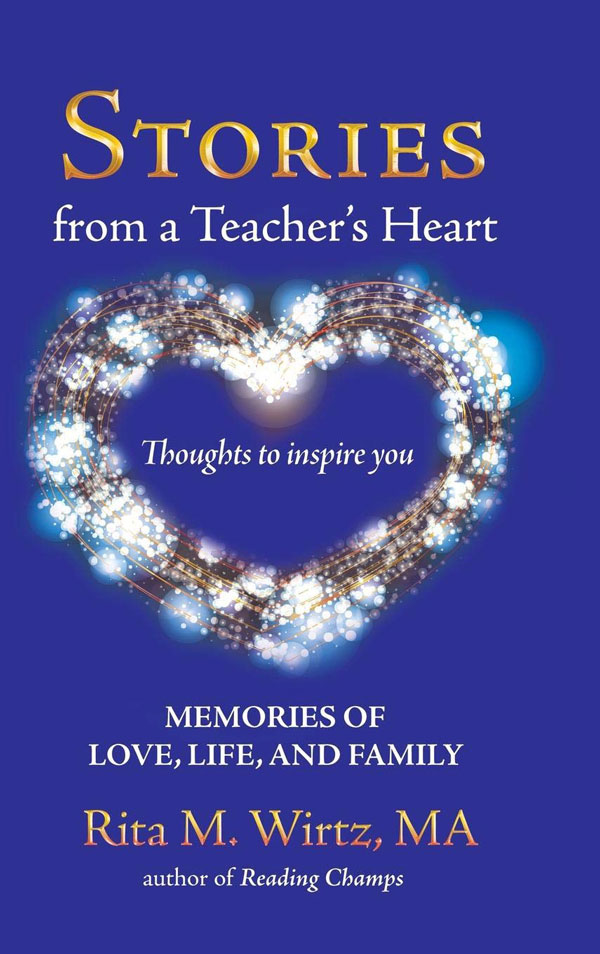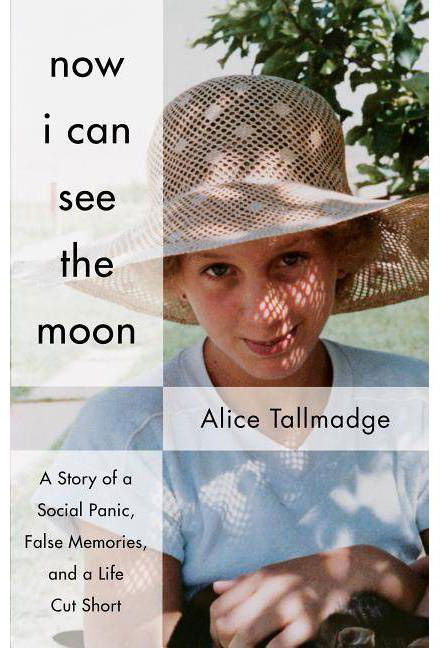Little Weirds by Jenny Slate. Little Brown and Company, $27.
In her first memoir, actress and comedian Jenny Slate fosters a garden of strange and lovely inner musings. Less memoir and more cathartic response to a carefully selected collection of social woes, overly literary breakups and the ever-allusive journey to self-love, Slate’s book is just what it says: a little weird. Though lacking in concrete specifics, she offers a wilder encounter with life, one rooted in human and earthy connections. Slate introduces herself as a Parisian Croissant, delicate and ready to be consumed, and later a “Color-Spirit,” whimsical and of the elements. She recounts a cryptic childhood, including a pirate ghost living in her family home in Milton, Massachusetts, and the inevitable sweet realization the she is the kind of person who likes the sight of blue flowers sticking to her geriatric dog’s face. Little Weirds is best in its colorful vagaries, and less desirable in the political sphere; Slate’s Trump dis is a little too obvious, though the origins of patriarchy in the Code of Hammurabi paired with intestinal lava feels more carefully conceived. Funny, visceral and often meandering, Little Weirds is flowery respite for those ceaseless winter days. — Alexis Reid
Wild Ride Home: Love, Loss and a Little White Horse, a Family Memoir by Christine Hemp. Arcade/Skyhorse, $24.99.
Poet Christine Hemp’s memoir starts off with Buddy, the little white Arabian horse she is taking to a trainer, and what she learns as she becomes more than just a passenger on their rides. Buddy’s story becomes the framework of the narrative of Hemp’s own life — her childhood, her tumultuous relationship and miscarriages, her mother’s dementia. From flyfishing in the Southwest to equine adventures on the rainy Olympic Peninsula, Hemp writes honestly and vividly about the challenges that hit her, yet without pathos and bitterness, a memoir story to learn from. Her narrative is of sad events but is not one of sadness. Available February 2020. — Camilla Mortensen
Echoes From the Set 1967-2017 — 50 Years of Filming on-Location. TrineDay, $19.95.
Katherine Wilson’s memoir Echoes From the Set 50 years of filming on-Location offers a unique perspective for those who are fascinated learning about the film industry — especially New Hollywood era films from the 60s and 70s. The book is focused on Wilson’s experience working 50 years on set in Oregon, and from reading it, I know more about the behind the scenes filming of classic Oregon films such as One Flew Over the Cuckoo’s Nest and Animal House.
As it turns out, Wilson regales the reader with many wild stories on her experience as a film location scout for films. When Wilson attended the premiere of One Flew Over the Cuckoo’s Nest at the Baghdad Theater on Hawthorne Street in Portland, her friend Michael Douglass (who apparently couldn’t stand to watch the film one more time) sat her next to Gov. Tom McCall and his wife. Wilson also shares her experience casting Stand By Me and working with River Phoenix and Corey Feldman.
Wilson’s writing is clear and concise and gives a full-picture of working on famous films in Oregon. She scatters movie posters, behind the scenes photos and shooting schedules throughout the book. And lets be honest, who doesn’t love photos to accompany a fascinating memoir? It makes the experience all the more real. — Taylor Perse
Over the Top: A Raw Journey to Self Love by Jonathan Van Ness. HarperOne, $27.99.
If you know the name Jonathan Van Ness, it’s most likely because you’ve seen Netflix’s Queer Eye, a reality TV show in which gay style experts (dubbed the “Fab Five”) help ordinary people in their everyday lives find their inner beauty. It’s not uncommon to finish each episode with a smile on your mouth and a tear in your eye. And that’s how it felt when I finished Van Ness’ memoir about his life from a bullied child in the Midwest to a self-destructive young adulthood to blossoming into the fabulous person he is today.
Van Ness, 32, writes about the twists and turns he’s navigated: being bullied as a child and a teen, making ends meet through an escort service after dropping out of college, dealing with sex and drug addiction, and being diagnosed as HIV-positive. He glosses over his rise to fame, but that’s clearly because, alluding to an adage, fame doesn’t make you — it makes you more of who you are. The book covers some of his most traumatic episodes and his lowest points, but he tells it with his patented spirit that reminds you that everything is going to be OK.
Van Ness’ book shows that the road to self-love isn’t something that you’re born with — it’s something that takes time to achieve. And if Van Ness can do it despite the trauma he experienced being queer in a time when there was a ton of stigma (and let’s be honest, it’s still rough for the LGBTQ community), we can all work on ourselves, grapple with our issues and truly find our inner beauty. — Henry Houston
Year of the Monkey by Patti Smith. Alfred A. Knopf, $24.95.
There are certain special people on this planet who are automatically endowed with the privilege of writing and publishing books simply on the basis of who they are, and Patti Smith is one of them. The mystical queen godmother of art punk, Smith brought a sensibility of cinematic French surrealism to the grainy, gritty streets of the Lower East Side in the ’70s, and then beyond, creating — along with folks like Lou Reed, Robert Mapplethorpe, Alan Ginsburg, et al. — an entire aesthetic of gristle-and-grace prophesy that continues to woo our embattled counterculture. Listening to Smith’s legendary album Horses inspired Michael Stipe to start a band, and he’s not alone. Smith, for all that, is a hell of a writer, too, part visionary sage and part wandering cowgirl poet. Her latest book is a memoir that reads like a prose poem; it opens on New Year’s Day of 2015 and closes at the disastrous election of Donald Trump, though the book is less political spleen than an apocalyptic eulogy for the spiritual death of America itself. Throughout that troubled and confusing span of time, Smith, facing her 70th year on Earth, wanders mostly alone, crisscrossing the country with a toothbrush and a notebook as she mourns the whittling away of her compatriots, including her dying friend Sam Shepard, whom she helps work on his final manuscript. Year of the Monkey is by turns meandering, hypnotic and dismayed, traversing a frontier between nostalgia and nausea, forever fighting to regain balance in a world tilting off its axis. Much of it reads like a dream. Smith moves fluidly between states of perception, and often you think you’re on solid ground only to realize you’ve spent pages tracing a surreal flight across realms of memory and myth. Personal and political, sacred and profane constantly collide. “I knew something of this so-called game,” she writes. “Havoc, an uppercase deity, spelling nothing but trouble for the unwary participant.” The progress of the narrative, cautious at first, gains momentum until its final pages explode in a flurry of astounding grief and alarm, a kind of inside-out swan song for the world we’ve left irrevocably behind. What remains, for Smith, are words set in time, “shards of love,” which speak of fracture and disintegration, yet contain, by cosmic necessity, some small kernel of rebirth and beleaguered hope. We go on, she seems to say, because we must. Smith’s memoir, Just Kids, won the National Book Award in 2010; this one might, too. It’s that good. — Rick Levin
What Happened to the Hippies: Voices and Perspective by Stewart L. Rogers. McFarland, $9.99.
Stewart Rogers delivers a collective narrative written by 54 self-described “old hippies” that truly is a work of art. For those of us who did not have the experience of coming to age in the sixties and early seventies, this collection brings us in to the inner workings of what drove our young people to dive in to a counterculture and rebel against societal norms. It brings back memories, new perspectives and unique explanations for those who did live through the times.
The book is a series of short stories, excerpts from larger works, and letters straight from the hippies themselves. Each piece is intimately written and engaging. Each individual story represents another piece of the puzzle, bringing unique values, beliefs and experiences to the table. As a whole, Roger’s collection is a work of art, capturing the true spirit of the hippie movement — a movement that continues its legacy today. — Elisha Young
In Pieces by Sally Field. Grand Central Publishing, $14.95
Sally Field is an immeasurable genius when it comes to acting, and I was curious what it was that made her who she is, how she is and so on. I was amazed to find what these pages contained. Don’t get me wrong: All the pieces that clip together and create her genius are here and laid out, giving you a complete picture of the woman who brought alive Norma Rae, nurtured Forest Gump and rounded out the Lincoln story as only she could. But this is largely a book about mothers — both having one and being one.
Through her troubled and heartbreaking childhood, Field candidly describes how she yearned for her mother’s love and protection, and how that yearning stretched far into her adult life. She details having her children at a young age and the difficult decisions she was faced with trying to grow her career and raise her boys. I found pieces of myself in this book; it’s so relatable, as I imagine Field is herself. — Sarah Decker
Hippie Woman Wild by Carol Schlanger. Wyatt-McKenzie Publishing $18.
I’m a sucker for a good memoir where there is reality beyond the words you are reading, a life to be drawn into, the depth of the story just seems to increase infinitely. Carol Schlanger’s memoir Hippie Woman Wild does not disappoint in that regard as it follows her life in the early ’70s on an Oregon commune.
What Schlanger presents is a love story, though you may not realize it until you are nearing the end of the book. Her voice is clear with hints of rebellion, and at times hilarious as she recounts how she found herself, and grew in to the person she knew she could become.
The story follows her from New York, as a traumatized college-age woman looking to escape, to an abandoned homestead in the Willamette Valley where her commune was born. It continues to weave through the happiness and tensions of communal leaving, and drops off when Shlanger realized it was time to move on.
A real life adventure is found in Shlanger’s artfully emotional and vibrant words, you will fly through the pages as she shares her wild ride with you. — Elisha Young
Stories From A Teacher’s Heart: Memories of Love, Life and Family by Rita M Wirtz. Life Rich Publishing, $19.99.
Rita Wirtz has spent nearly 50 years teaching, molding the minds of our youth and experiencing the ups and downs right alongside our youngest community members. The vast majority of us recognize that teachers have an incredibly difficult task at hand. There are small victories to be celebrated when a class finally grasps a difficult concept, bureaucratic challenges, and even heartbreak as you stand by a student with an unsavory home life. These examples are just a small fraction of the emotions and experiences in the life of an everyday teacher.
For those of us outside of the profession, it can be hard to understand how deep an educator’s grasp is, and how varied their tasks. Wirtz gives us an inside look into what her own experience was like. She shares with us a collection of essays detailing moments in her career coupled with her own intensely personal battles with cancer and grief. It’s a heartwarming perspective, raw and unforgettable. — Elisha Young
Now I Can See the Moon: A Story of Social Panic, False Memories, and a Life Cut Short by Alice Tallmadge. She Writes Press, $16.95.
In the era of fake news, it’s worth it to remind ourselves of the “Satanic panic” of the 1980s and early ’90s — a time when the media would cover incidents of “satanism” and youth would act out what they thought was satanism actually was in acts of ostentation — what folklorists call it when people take a legend or rumor and act it out, making it true. As local author and longtime journalist Alice Tallmadge delves into the suicide of her 23-year-old niece as a result of that panic, she makes connections between her own family and these narratives that were sweeping the nation. Tallmadge brings her strong reportorial skills into a tragic personal family narrative of “recovered” memories, mental illness and the mass hysteria over (false) allegations of the satanic ritual abuse of children. — Camilla Mortensen
